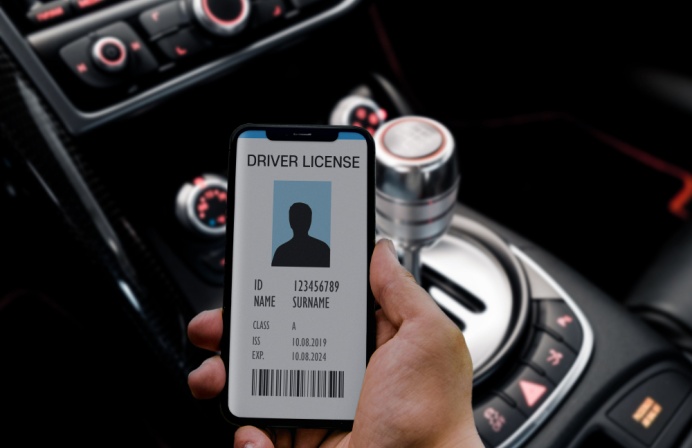
The Wellington-based Statistics New Zealand and Department of Internal Affairs are taking a lead with telecommunications-as-a-service (TaaS). The project leads, Chris Buxton and Dave Jackman, share insights into the future of TaaS.
Under moves to manage ICT costs, Statistics New Zealand and the Department of Internal Affairs (DIA) have banded to fast-track shared services for government clients, and manage the cost of running ICT infrastructure.
The agencies’ high-profile TaaS project, launched earlier this year, comes under scrutiny at the Annual FST Government Australia conference being held Thursday 22nd September in Canberra.
During a keynote, Statistics NZ’s CIO, Chris Buxton, and DIA’s Dave Jackman, will share insights into the outlook, demand and cost-savings from TaaS.
Earthquake recovery sets the scene
New Zealand’s first shared government building was delivered under the Christchurch Earthquake Recovery program. After opening in February 2016, this dedicated building accommodates the ICT needs of nine agencies.
The Christchurch rebuild was a significant project, according to Buxton. “But it’s not just a rebuild of the CBD. We’re looking at how to get more efficiencies and utilisation of services in an integrated way.”
For as-a-service models to succeed, solutions must be scalable, and accommodate the entry to enterprise-level profiles. “One challenge was we had agencies coming and going all the time,” recalled Buxton. These ranged from eight to 13 agencies.
“We had to accommodate changing needs and requirements. The solution needed to be scalable and flexible. The cost of entry had to be low enough, so that as we brought in more agencies, we would not have to invest in new services.”
One lesson was the cost of entry could be high. Moreover, different cabling and network infrastructure prevented inter-operability.
“Ours was a building-as-a-service model where agencies could come in, consume services at a low cost, move around without significant cost or delay, and operate how they wanted to operate, and not be constrained by the environment.”
The shared model may present policy and security constraints. “These started to get very complex. As-an-infrastructure is an important concept. This is to offer integration and inter-operability. We had to lower the cost profile and security was paramount.”
Dave Jackman, Manager, Whole-of-Government ICT Common Capabilities, Department of Internal Affairs, said the TaaS offering was co-designed with agencies, and leaders in the ICT industry.
This was to directly match services with strategic direction across focus areas. “This was about exploiting emerging technologies, getting government IT to work with business to drive innovation, getting IT systems prioritised, and getting common capabilities adopted.”
TaaS is no different to other established shared service models. “The objectives are clear,” noted Jackman. “This has to be a cost-effective environment, remain attractive and be secure.”
Shared service providers grapple with connectivity, communication, managed security, contact centres and collaboration services. However, with the TaaS offering, nearly 66 agreements were finalised in the first six months. Up to 55 agencies are negotiating to use TaaS in Christchurch and Wellington.





